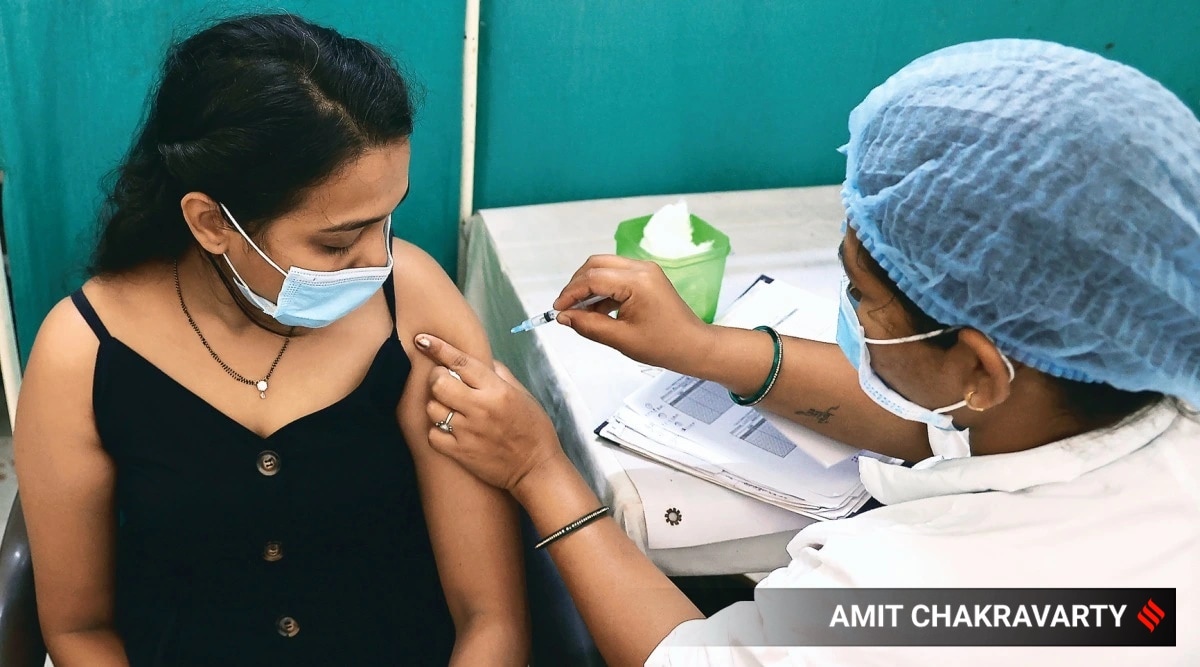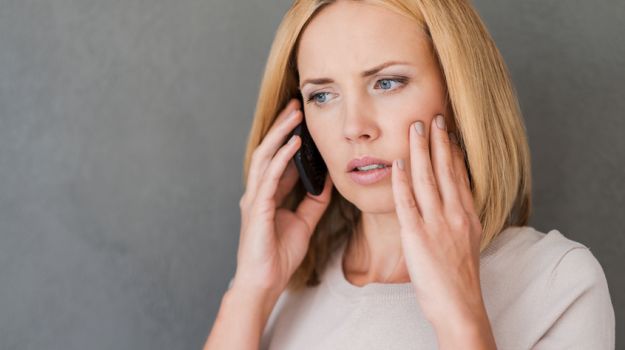
Strengthening the fight against Covid-19 and its variants, Prime Minister Narendra Modi, in a televised address to the nation, announced that a “precaution dose” for frontline workers, and people with co-morbidities above 60 years of age, would be administered from January 10, 2022.
Now, in an update on the same, the Central government has announced that the same vaccine will be administered as the third dose of booster vaccine, and no mix and match will be allowed as of now. However, Niti Aayog member (health) and head of the Covid-19 task force Dr VK Paul, during a press briefing, said that there is no issue in mixing vaccines. “As more data is received about a heterologous approach in the administration of vaccines, decisions will be taken going forward,” the Centre stated.
Heterologous strategy is believed to “mitigate supply shocks or shortages that might otherwise reduce the speed of vaccine roll-out”, according to a study published by The Lancet in May 2021.
As such, those above the age of 60 and with co-morbidities as well as health workers who received Covishield will get a third dose of the same, while those who were administered Covaxin will get a dose of that vaccine.
The other vaccines approved so far — ZyCov-D from Zydus Cadila, Corbevax from Biological E, and Serum Institute of India’s Covovax — will not be part of the third dose plan as of now.
As per Dr Shuchin Bajaj, founder director, Ujala Cygnus Group of Hospitals, it is for the “simplification” of the process. “We are confident that in the next phase, March onward, we will see other vaccines also being allowed as a booster dose. As of now, taking a different dose will only create confusion,” said Dr Bajaj.
According to Dr Sulaiman Ladhani, consulting chest physician, MD Chest and Tuberculosis, Masina Hospital, Byculla, Mumbai, same vaccine is normally preferred because it is found to have a better neurogenic effect and elicits a good antibody response if given after a certain period of time, in this case 9-12 months.
“Mixing is also possible but, here, we have limited options of vaccine availability. So, the government has decided to go on with the same vaccine because we do not have enough robust scientific data on the available vaccines here to allow mix and match, unlike other countries where mixing of vaccines is permitted. In other countries you are allowed to mix vaccines, like a booster dose of another vaccine can be taken,” said Dr Ladhani.
In an earlier interview Dr Vikas Maurya, head of department and director, pulmonology, Fortis Hospital, Shalimar Bagh had said, “Researchers are already studying the effects of mixing the vaccine shots. Further research is required to understanding if doing this will boost the immune response or reduce it. For now, what we can say is a Covaxin shot should be followed by a booster dose of Covaxin only; the same applies for Covishield.”
But what if someone has taken different vaccines as first and second dose? As per Dr Bajaj, doing so is not allowed in India. “So there is no confusion regarding what the third dose will be, as on the Cowin platform, you are allowed to take only the same dose as the first and second shots,” he said.
According to PM Modi, 61 per cent of India’s adult population has received both doses while 90 per cent has received the first dose.
The third dose or booster shot will be given 9-12 months after the second dose.
“India will, most likely, be advising a gap of 9-12 months because we are still looking to get the second dose for a lot of people in the country as only 61 per cent have received the second dose. So there is automatically a big gap needed to cover the entire adult population. We also need to give vaccination to 15 to 18 year old. So, right now that interval is required,” Dr Bajaj explained.
What are the benefits of a booster shot?
As per studies, approximately after nine months, the immunity starts going down, and the protective effects and the antibody levels start decreasing, explained Dr Ladhani. “So the protective dose is needed for the vulnerable groups like senior citizens or patients with co-morbidities like diabetes, blood pressure, or cancer, and healthcare workers, etc, who are at high risk. The benefits of the precautionary dose is that, when the antibody levels go down, the precautionary dose will elicit a more robust antibody response, which will at least offer protection from severe infections,” said Dr Ladhani.
[“source=indianexpress”]









